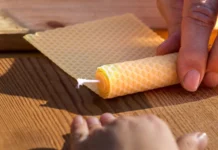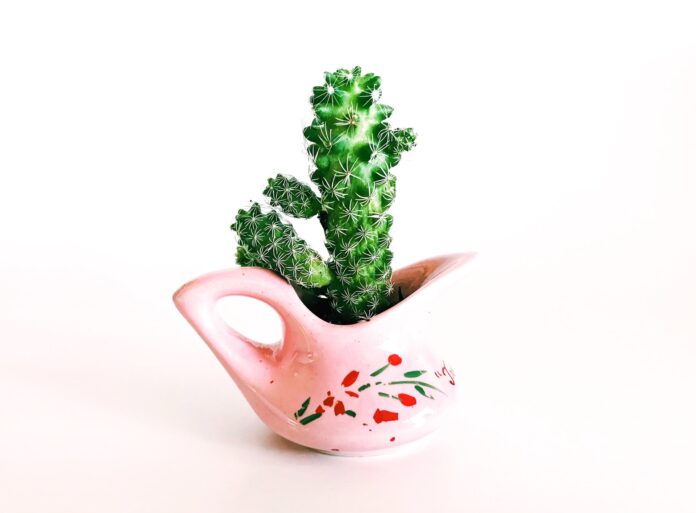
Nothing can beautify our home as plants can. The natural look they give, as well as the health benefits they provide make them irreplaceable and incomparable to any other decoration. And the choice of plants that will decorate your home is very large. When you visit the flower market, you will not be able to decide between an endless selection of beautiful flowers and different plants. But there are one species that stands out, both in its appearance and because it is very suitable for keeping in small pots, and therefore in the house.
We are talking about plants from a family called succulents. These are plants that are very easy to maintain, do not need a lot of space or water, and look beautiful. They have specific, thick leaves, which they use to store water. You can combine different types in the same pot, which gives you great opportunities for decorating. Although they are easy to maintain, like any living thing, there are various problems and diseases they can face, which you can easily solve if you know what it is and what the solution is. So read what are these common problems with succulents and how to fix them.
Yellow leaves
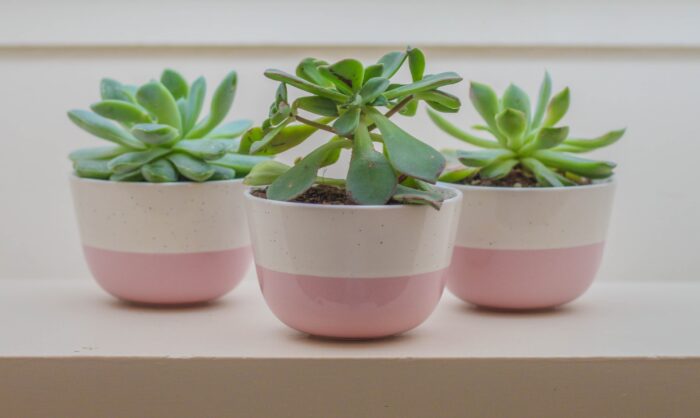
Yellow leaves are one of the most common problems, and the reasons may be different as to why this occurs. It is possible to make a mistake in water so that the plant is underwatered or overwatered. The easiest way to conclude this is to analyze the leaves. Since the leaves can turn yellow in both cases, if the leaves are swollen, then this is a sign that you have probably given the plant too much water. On the other hand, if the plant and the soil seem dry, you may have forgotten to water it. So the only solution is to pay more attention to watering. Wait for the soil to be dry, otherwise, it will probably be overwatered. Also, do not allow the soil to look like in the desert, to be so dry and cracked because your plant will dry out.
Leaves falling off
And in this case, improper watering is usually the main culprit. Analyze how falling leaves look like to determine the cause of the problem. As in the previous case, if you notice that it is swollen and wet, it means that you have overdosed on water. If it is very dry on the other side, then you have forgotten about your plant. Also check that the draining is good, as the water may stay in the soil for too long, even though you have poured the right amount, and this leads to rotting. If you find that this is the reason, the best solution is to transplant the plant into another pot and replace the potting mix you used. Because if you let the plant “sit” in the water, it will eventually rot. The pot must have a draining hole, if not, buy another or drill a hole. Potting mix is also often the culprit. Another reason for leaves falling off can be if you leave the plant in the sun and high temperature. Although it tolerates temperatures well, it is still better to move it somewhere where it is not directly exposed to the sun and to water it more often.
Unsuitable light
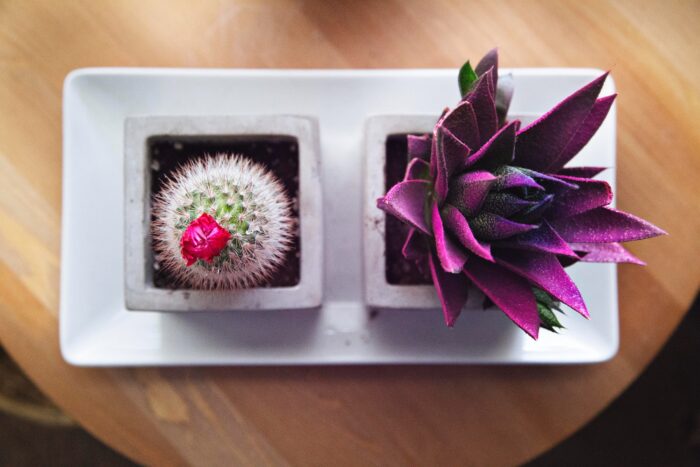
Unsuitable light is something that will leave significant effects on your plant, and can even destroy it. The problem is usually that they are under-exposed to the sun or some kind of artificial light. But they can also be too exposed to the sun and for that reason get burned. It is best to be exposed to filtered sunlight for a third of the day. More than that can cause sunburns, and less than that can cause other problems. However, there is a solution for that too, if you don’t have the ability for filtered sunlight. And that’s to rotate every couple of weeks from the shade to more exposure to light and finally to full sun. But you must not do it abruptly. You need to let the plant adapt. That is why it is best to move it to a slightly brighter place every week until it is completely ready for full sun. If you are not sure if you will be able to provide the succulent with enough light, find out at www.succulentmarket.com which type of succulent needs the least light, so buy that one.
Occurrence of pests
Succulents are very resistant when it comes to pests, but that doesn’t mean that this problem can’t appear at some point. So don’t forget to inspect the whole plant from time to time, so that you will notice in time if the pests appear. If you notice that there are pests, you should first identify the type of pests in question so that you can act properly. If you don’t know what pests are, take a picture and show it to someone you know or search the internet. Very often soap and alcohol can solve this problem, and for some types of pests, you may need insecticides. If it is rodents or snails, then there are tried and tested methods to solve these problems, such as traps or a cat.
Growth problem
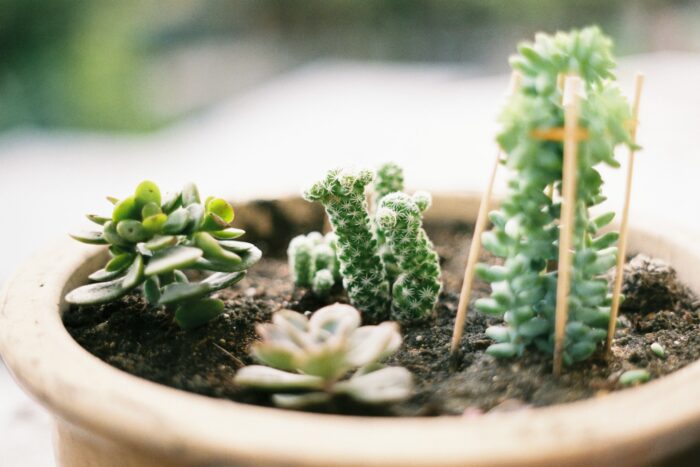
You think you’re doing everything right, and your succulents aren’t growing nearly as well as you expected. The reasons may be different, but each is easily solvable. The first thing that can cause a growth problem is a lack of nutrients. Every succulent needs a re-pot every two years. The reason is that the soil in the pot is initially full of nutrients, but over time the plant consumes it all, so the soil is depleted. Then you need to replace the potting soil mix which will then be full of nutrients because compost and everything else is needed and your plant will thrive. Another solution to this problem is to expose the plant to light. It is possible that you have left it in the shade for too long and this will have a very negative impact on growth.
Conclusion:
You love your succulents and want them to last as long as possible. So don’t despair if you notice any of these problems, whether they are caused by your mistake or not. Most of these problems can be solved very easily, it is only important that the plant is not too damaged. And it can’t be too damaged, no matter what happens, if you check it regularly.

